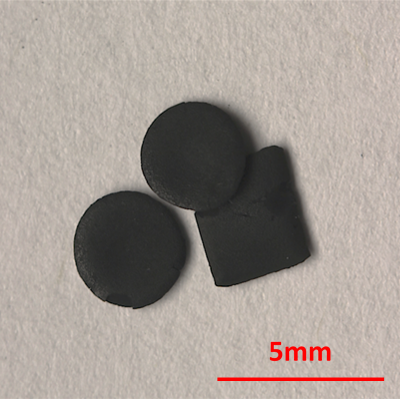The approach is to use peroxides to modify the reaction kinetics in the production of polysiloxanes. A radical initiator in the presence of a hydride-terminated polysiloxane will increase the rate of curing and reduce manufacturing costs. At a minimum a formulation would contain a hydride-terminated polysiloxane, a platinum catalyst, and an initiator that generates radicals. The content of…
Keywords
- Show all (91)
- Additive Manufacturing (37)
- Synthesis and Processing (17)
- 3D Printing (7)
- Materials for Energy Products (6)
- Material Design (4)
- Manufacturing Improvements (3)
- Manufacturing Automation (2)
- Membranes (2)
- Rare Earth Elements (REEs) (2)
- Additively Manufactured (AM) Optics (1)
- Electric Grid (1)
- Instrumentation (1)
- Manufacturing Simulation (1)
- Material Characterization (1)
- Microfabrication (1)
- Sensors (1)
- Volumetric Additive Manufacturing (1)
- (-) Magnet Compositions (1)
- (-) Precision Engineering (1)
- (-) Structural Materials (1)

LLNL uses the additive manufacturing technique known as Electrophoretic Deposition to shape the source particle material into a finished magnet geometry. The source particle material is dispersed in a liquid so that the particles can move freely. Electric fields in the shape of the finished product then draw the particles to the desired location to form a “green body”, much like an unfired…

The LLNL method for optimizing as built optical designs uses insights from perturbed optical system theory and reformulates perturbation of optical performance in terms of double Zernikes, which can be calculated analytically rather than by tracing thousands of rays. A new theory of compensation is enabled by the use of double Zernikes which allows the performance degradation of a perturbed…

